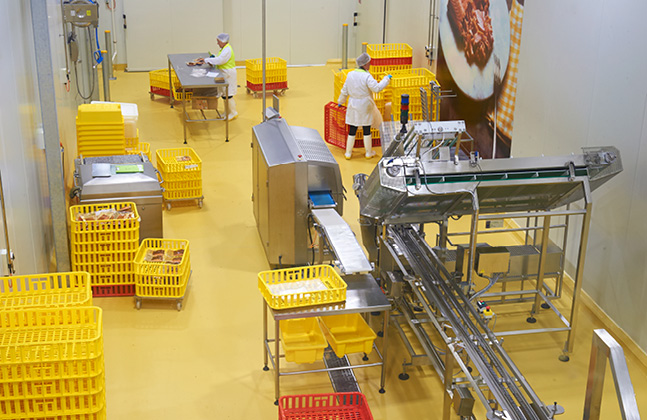The bodies that set the standard for Australia’s food facilities use a variety of management strategies and place responsibility for compliance on the food industry.
The Food Standards Australia New Zealand – Risk Analysis in Food Regulation handbook emphasises the need to embrace HACCP, as is states that it “identifies and addresses chemical, microbiological and physical hazards in a preventative manner, leading to the development of food safety plans for manufacturing industries and food businesses in general”.
HACCP ‘s guidelines have become largely ubiquitous in the food and beverage industry. Food Standards Australia New Zealand, the bi-national Government agency in charge of setting safety benchmarks, has stated in the Australia New Zealand Food Standards Code that certain businesses are required to implement food safety programs based on a systematic identification and control of hazards as identified in the HACCP system. One such stipulation under the Codes section is for the production of ready-to-eat meat, which states that a producer must “identify all food safety hazards and controls through the use of a HACCP plan”.
Alongside national legislation, food facilities also need to adhere to state government and industry authorities, which may have additional requirements. This is exemplified by Dairy Food Safe Victoria (DFSV), which specifically requires that before a dairy manufacturer can apply for a license they must develop a “written food safety program” that has been based on “Codex HACCP principles as outlined in Codex Alimentarius, Basic Texts on Food Hygiene, Annex Hazard Analysis and Critical Control Point (HACCP) System and Guidelines for its Application”. The dairy manufacturer’s program must “outline the control measures and procedures” required to “reduce or eliminate food safety hazards associated with milk and dairy products”.
It’s important to bear in mind that the standards for measuring risks associated with microbiological and chemical hazards in food differ between Australia and New Zealand. New Zealand’s food safety program is set by the Ministry for Primary Industries (MPI). The MPI emphasises that HACCP applications are relevant to all food sectors and provides specific material for sectors including: dairy; food service; honey & bee products; food & beverage manufacturers; meat, ostrich, emu and game; plant products; poultry & eggs; seafood; cold & dry stores; and wine.
The above is an excerpt from Flowcrete Australia’s new whitepaper: What is a HACCP Food Safety Management System and How Does it Relate to Flooring? Click the link to download the full whitepaper.







